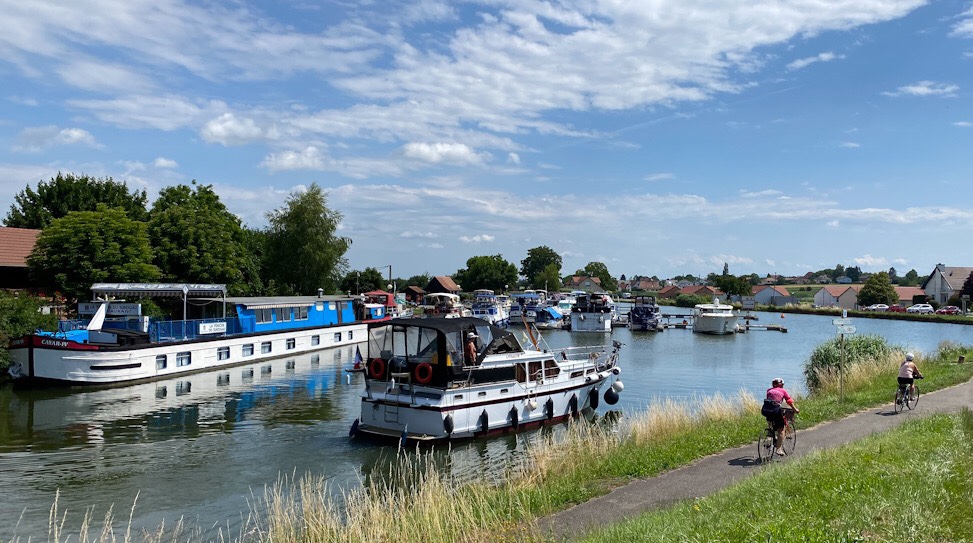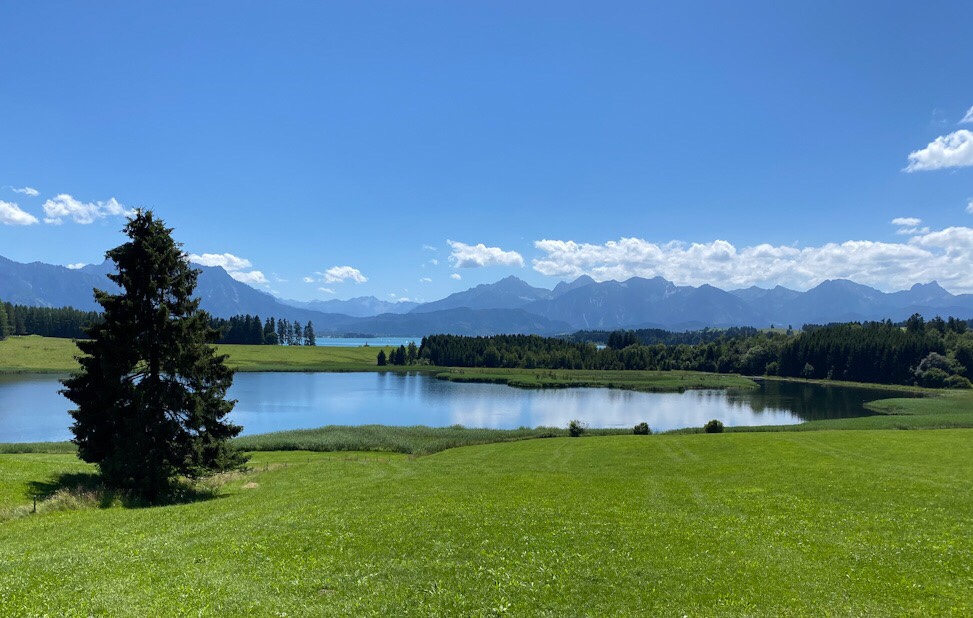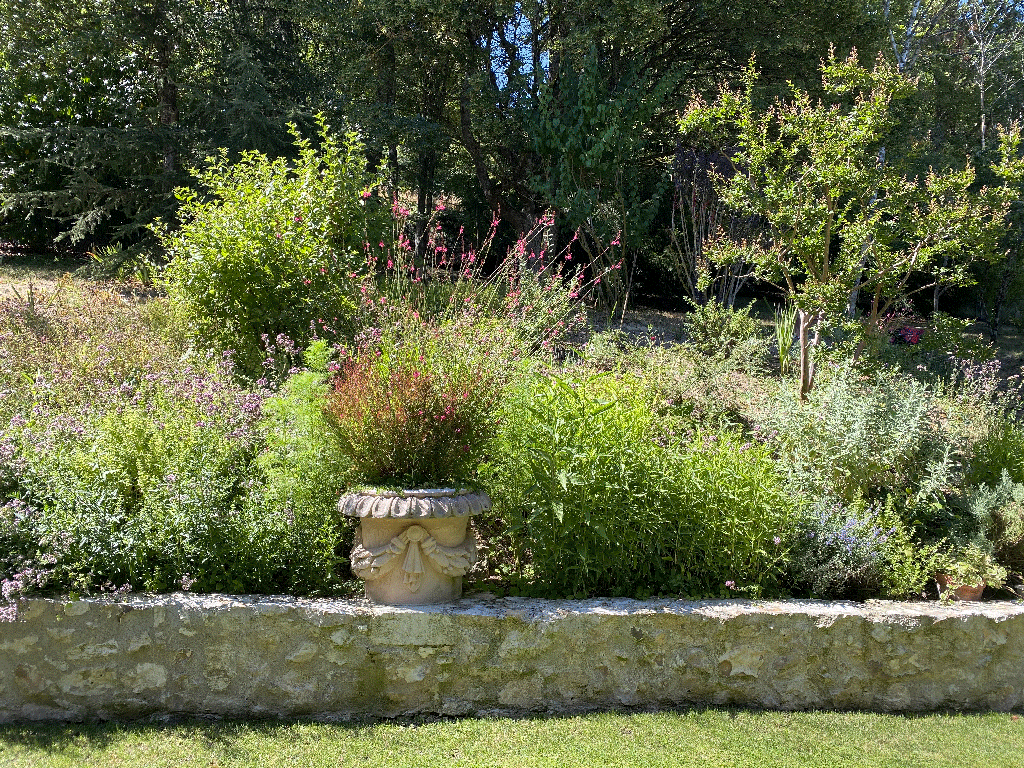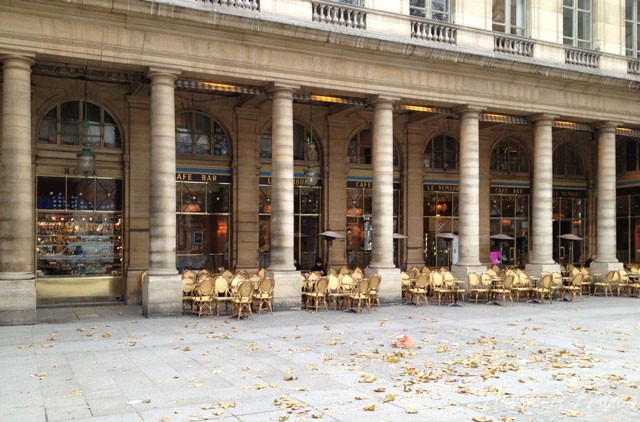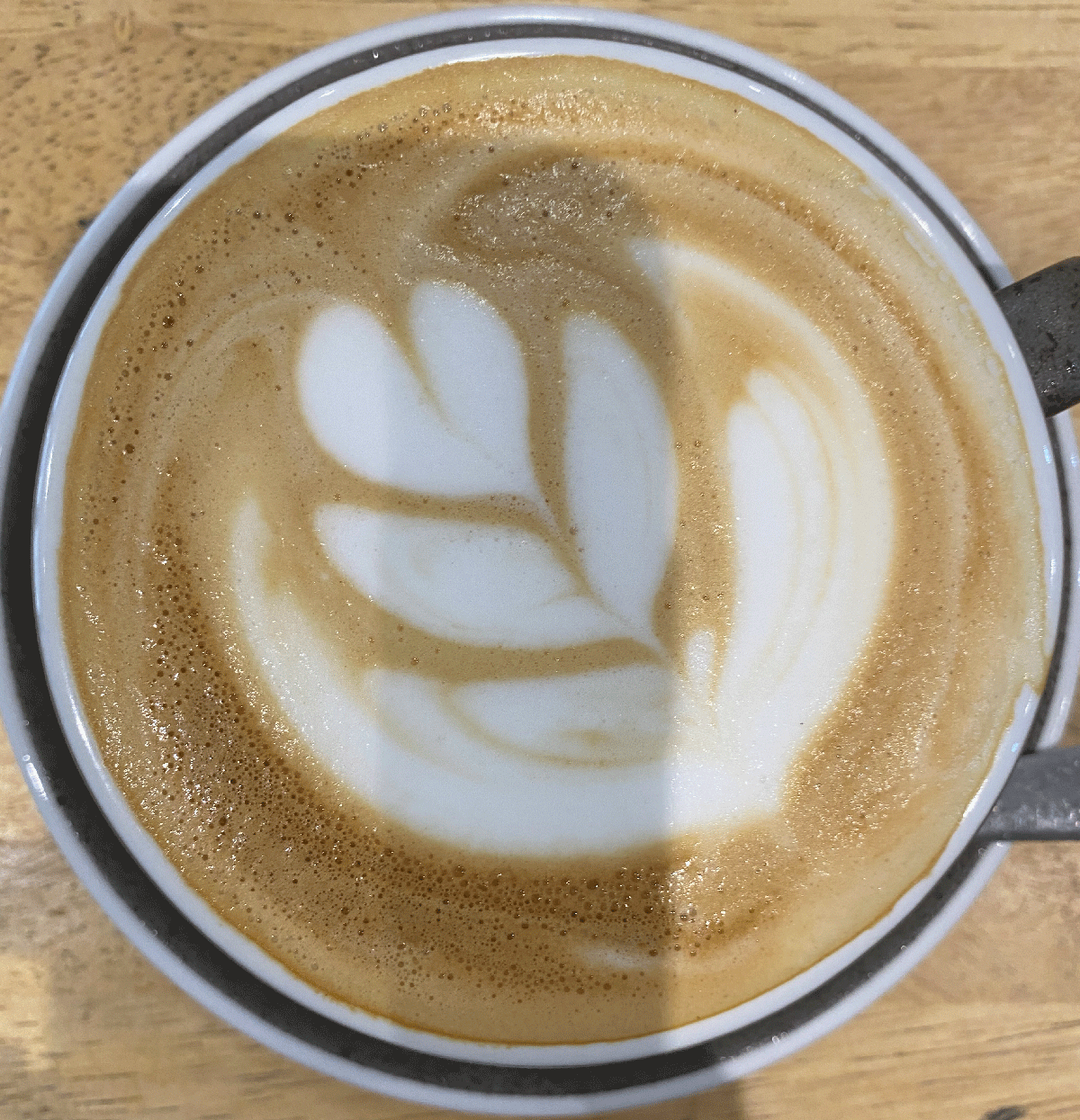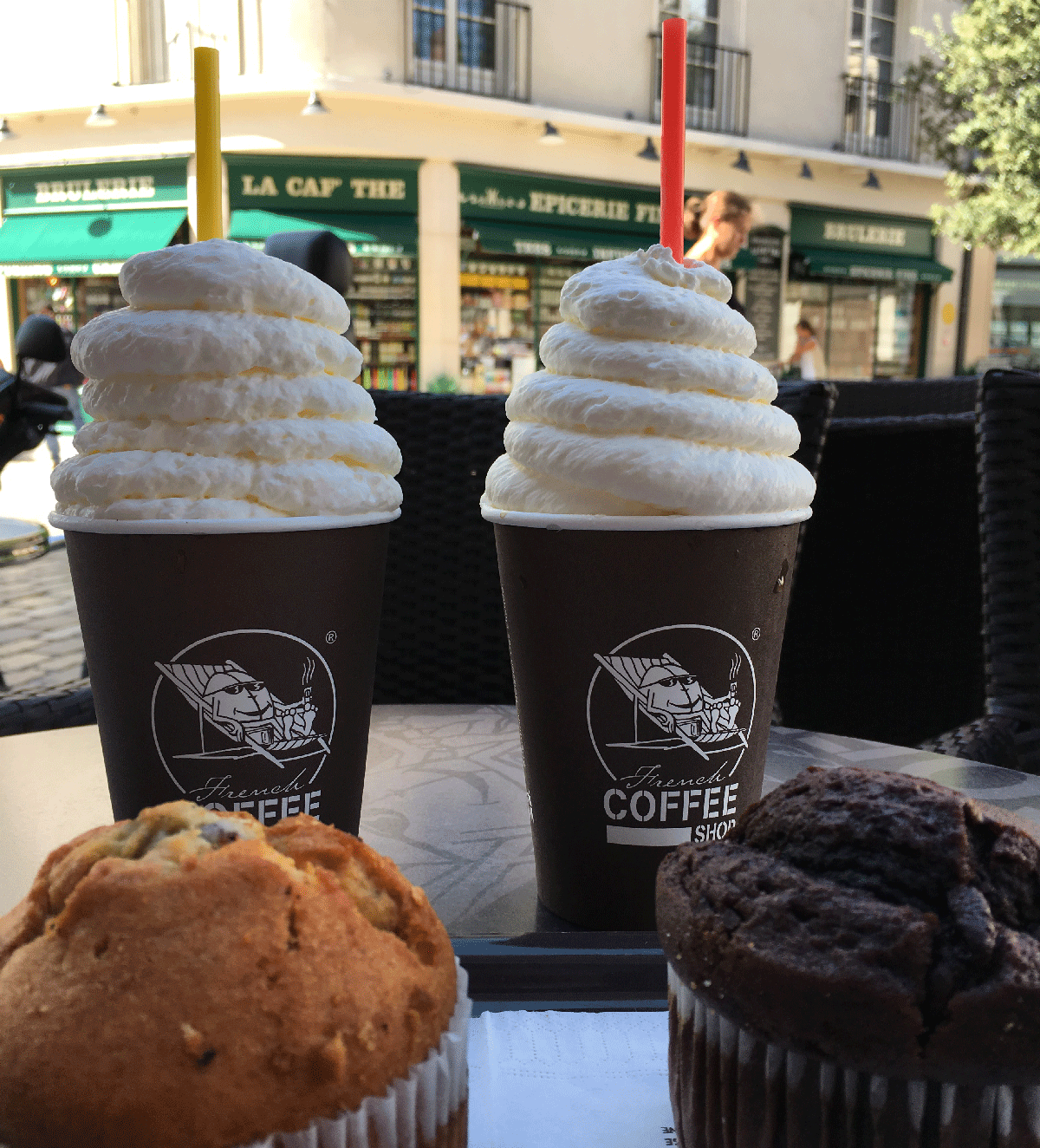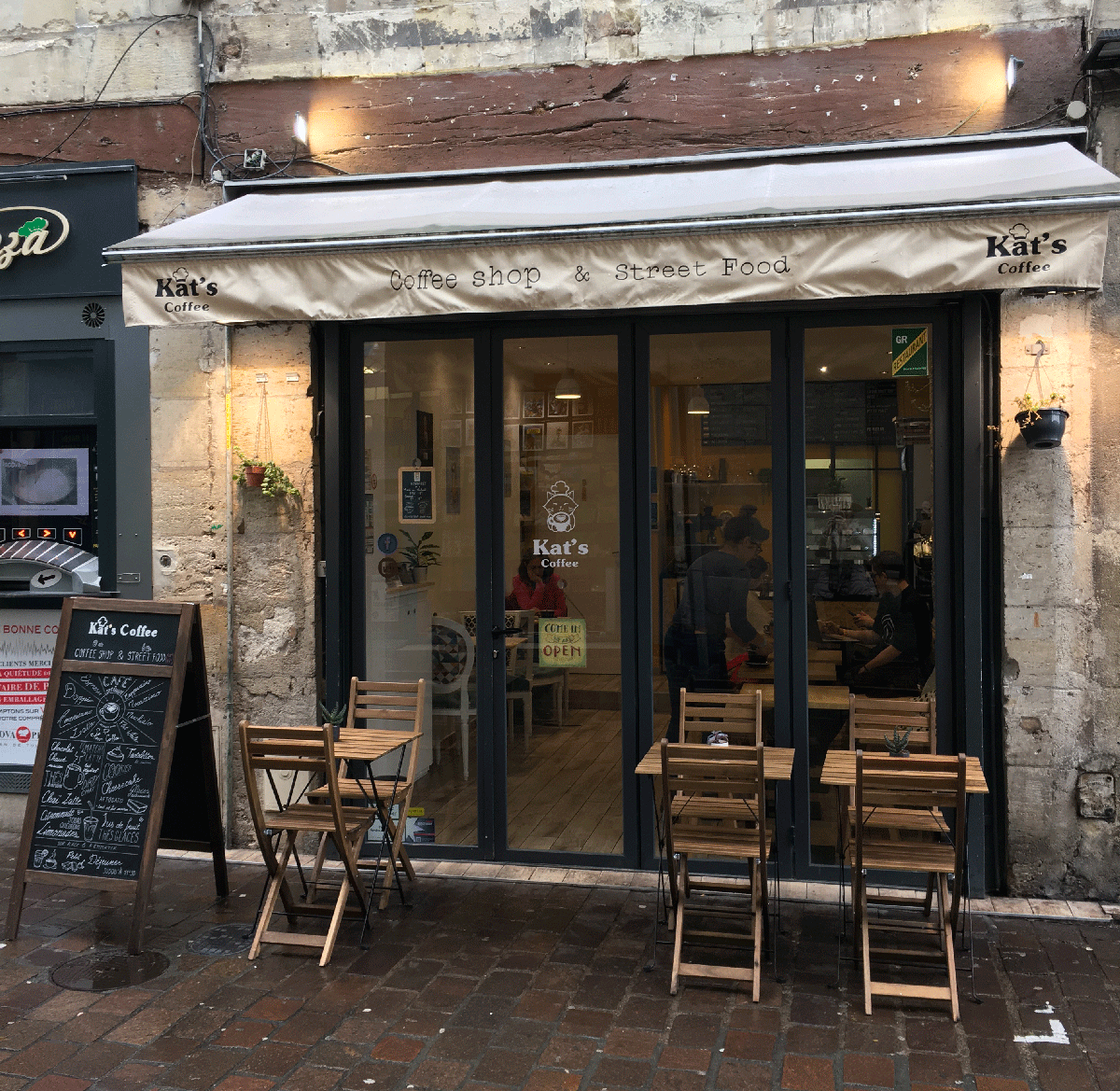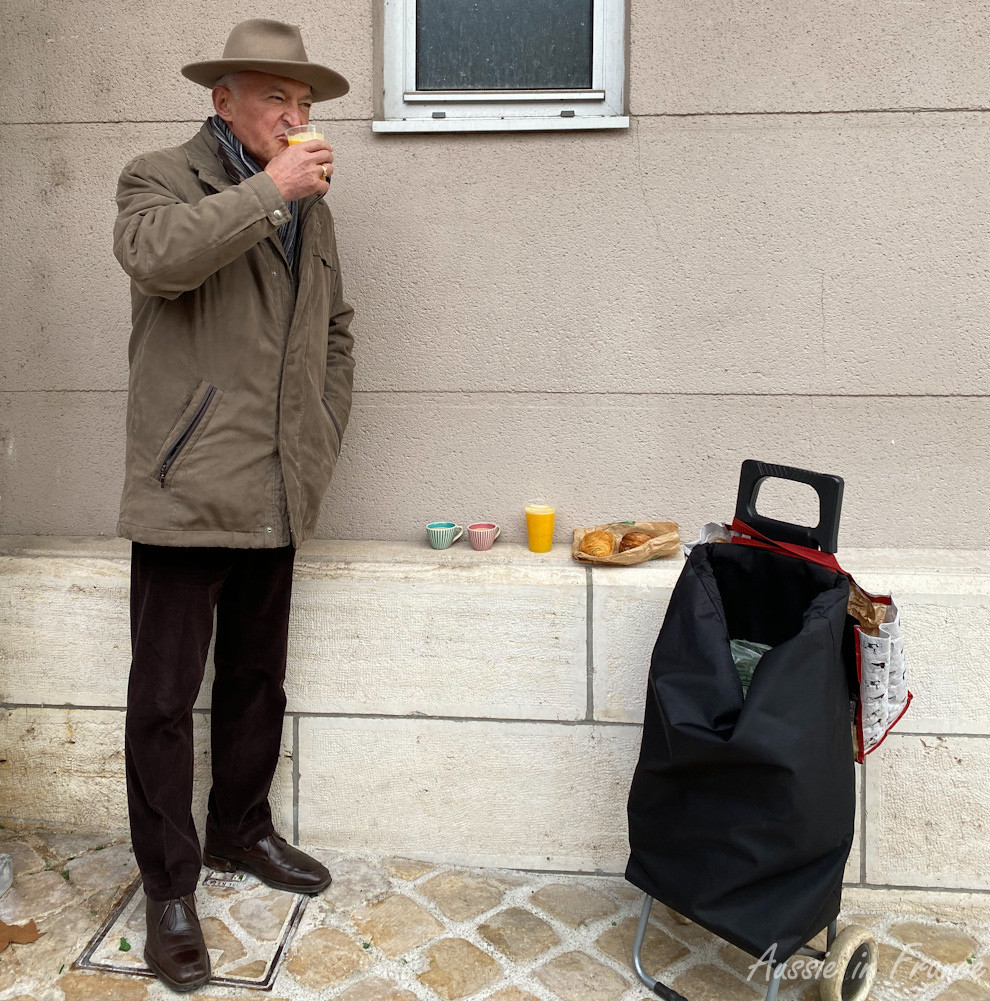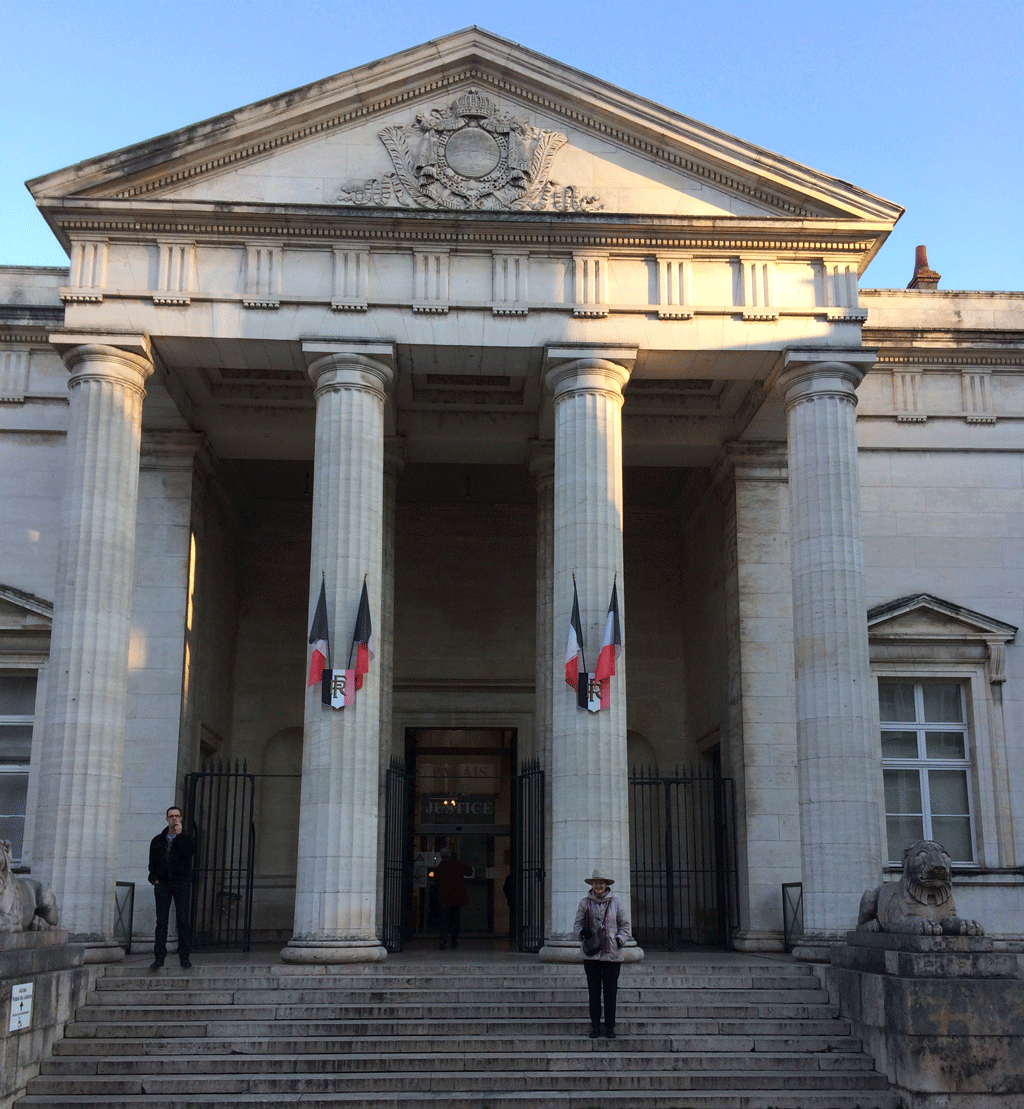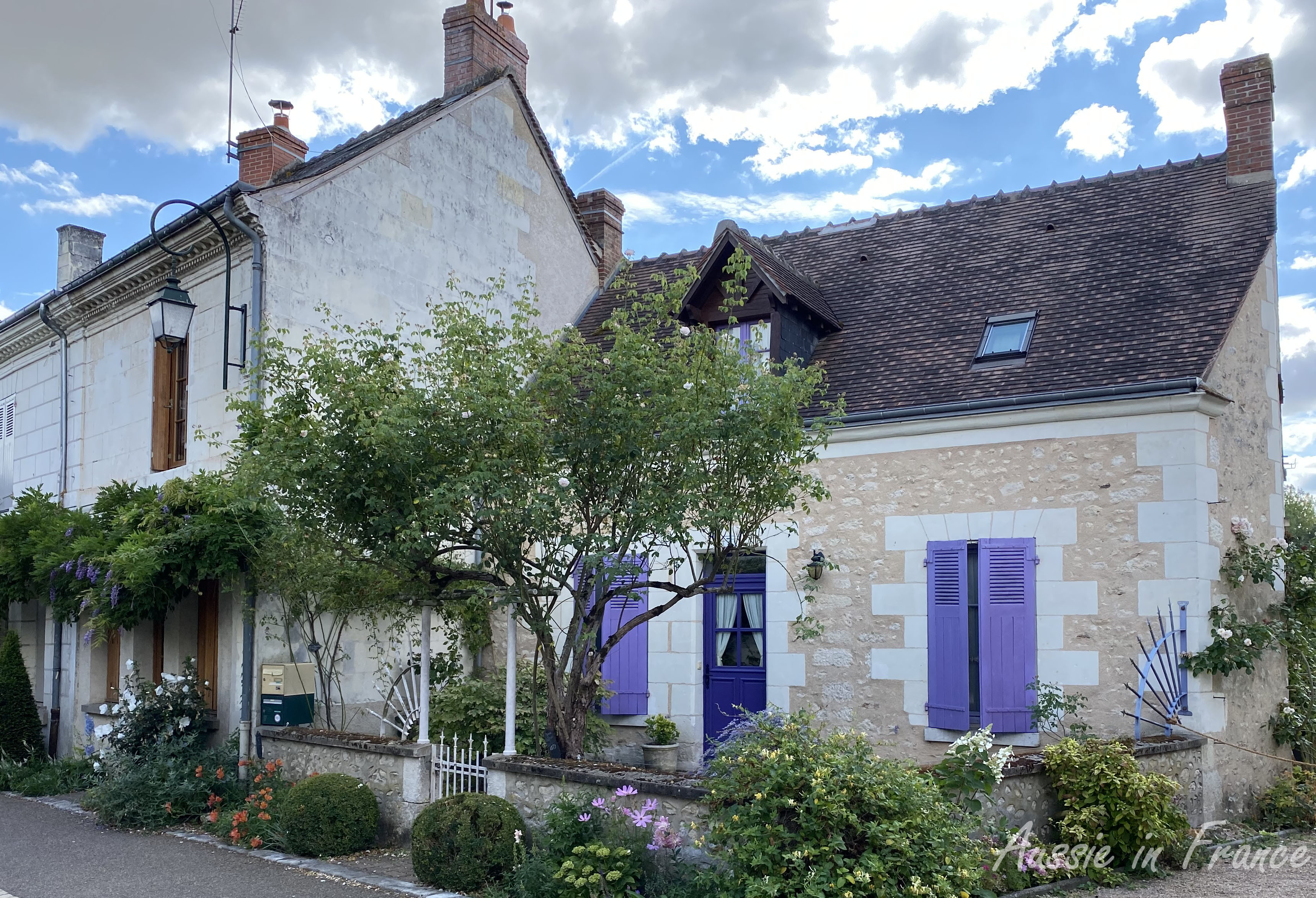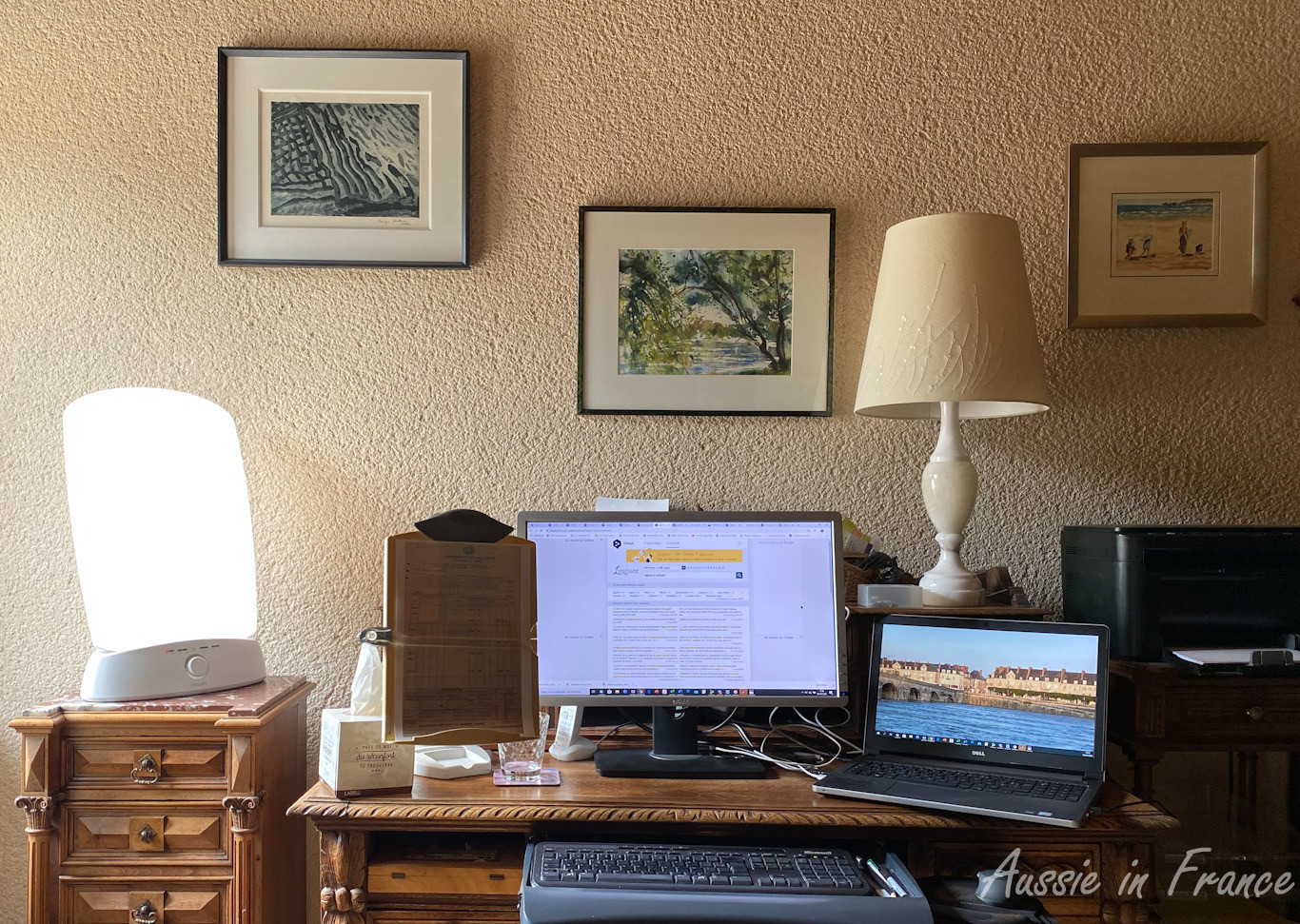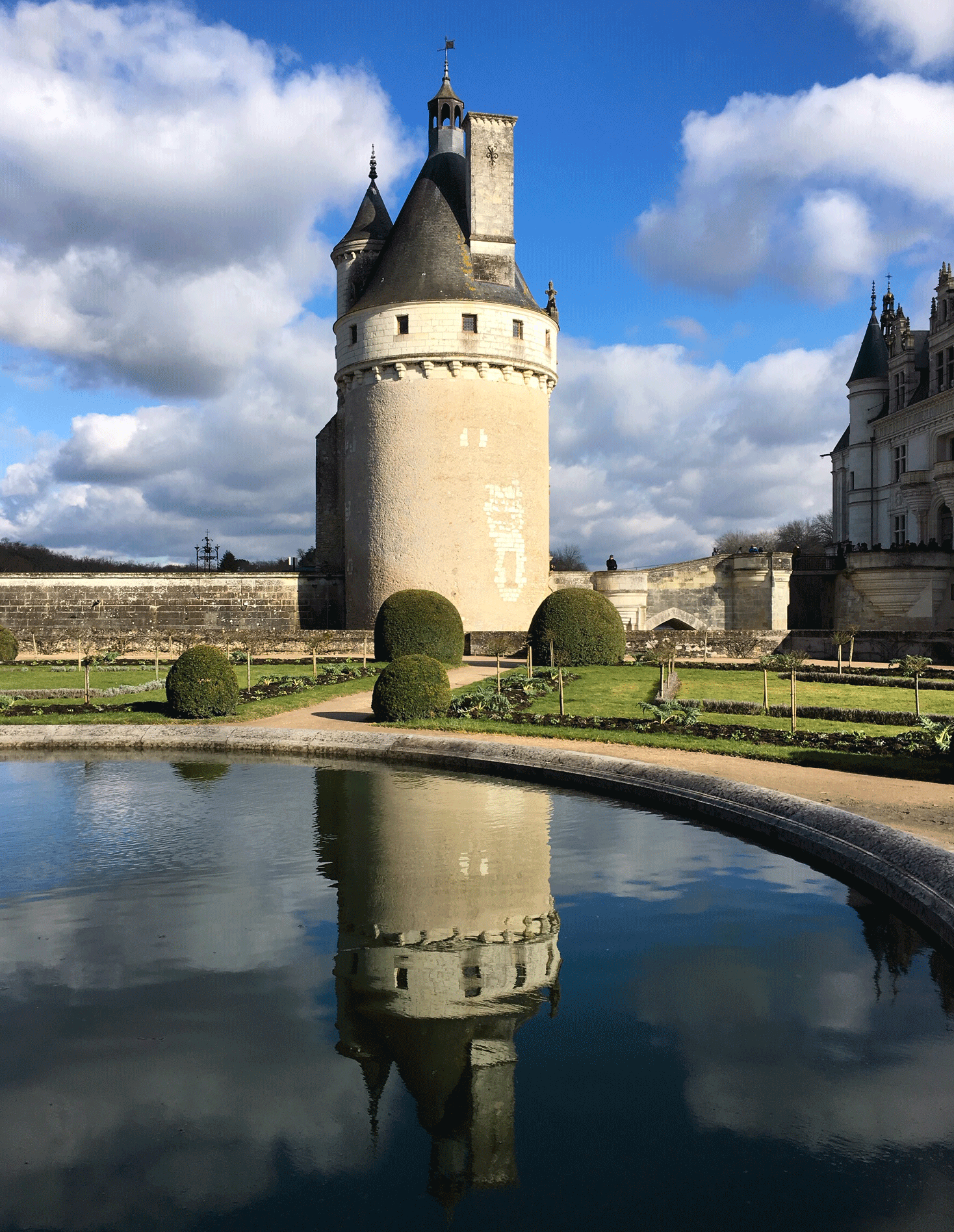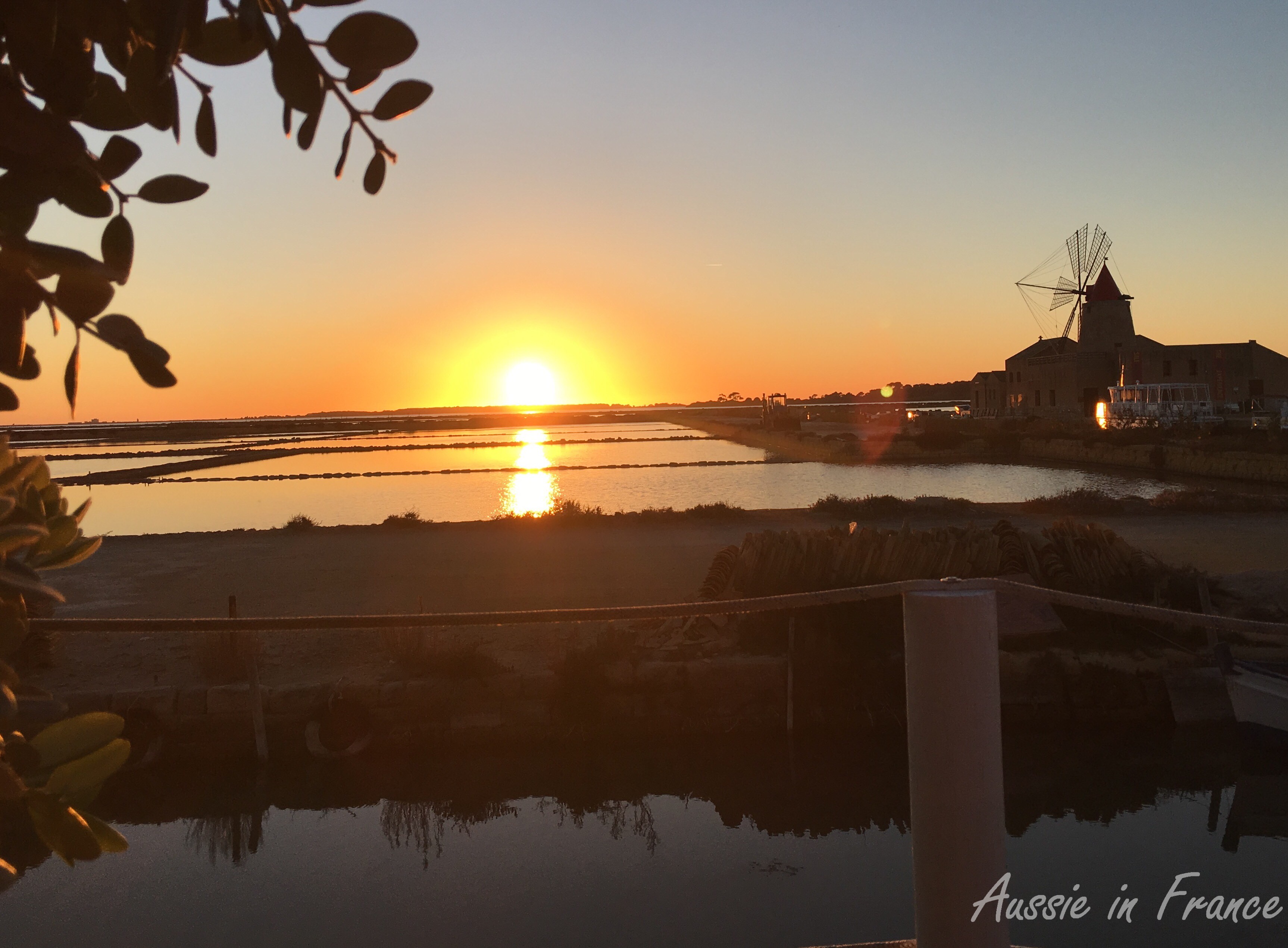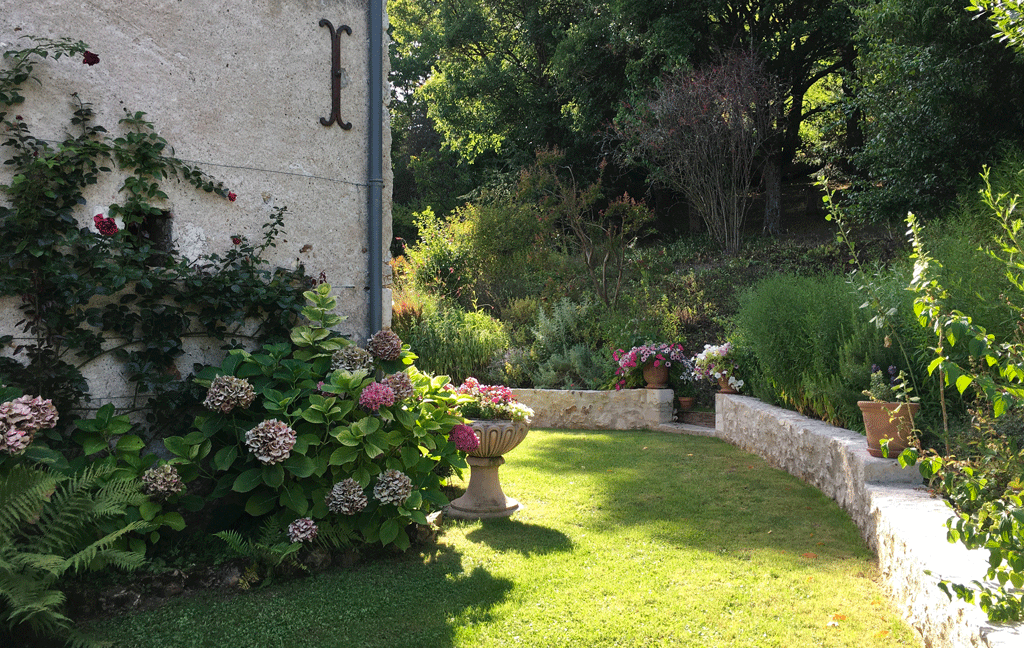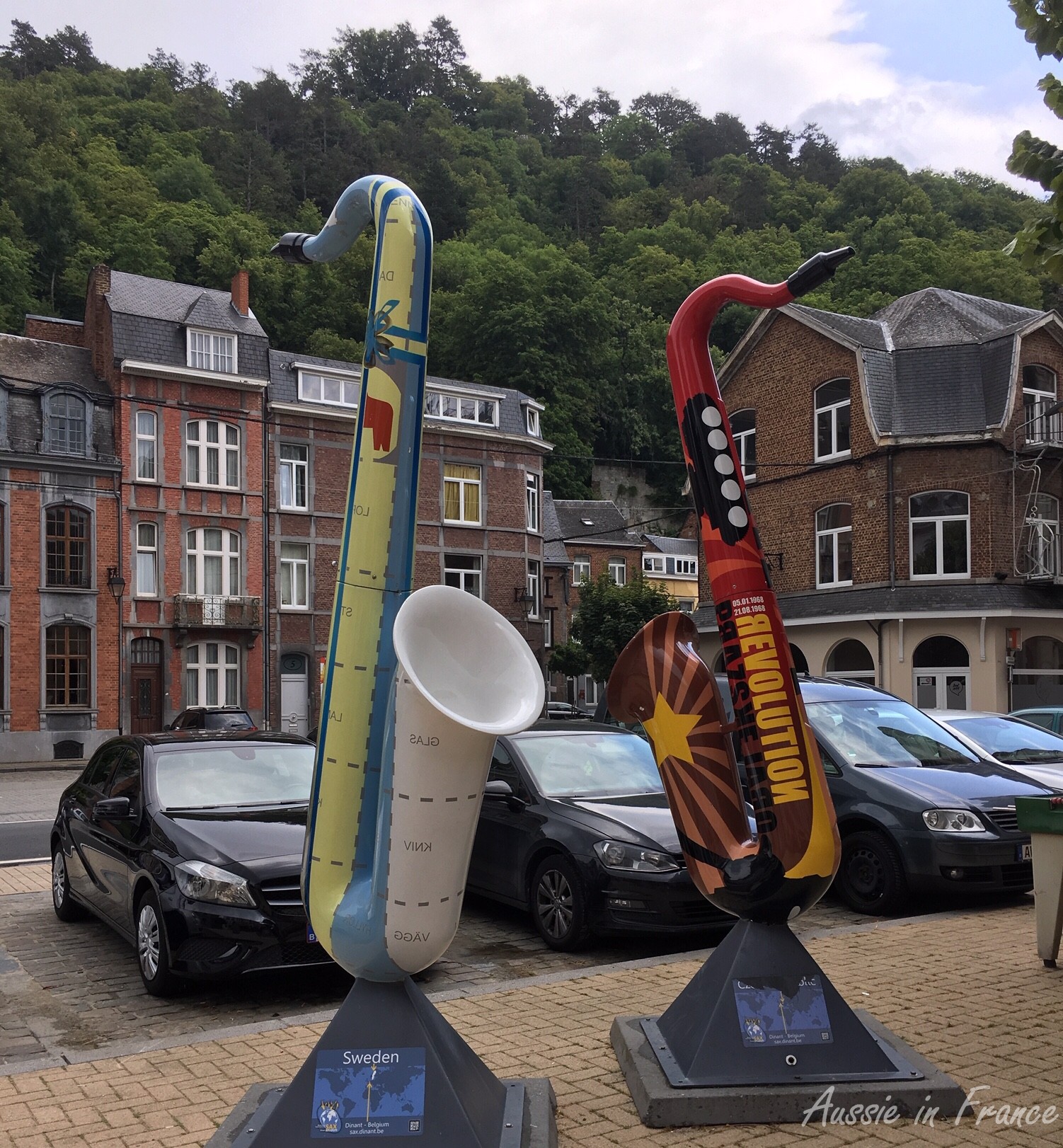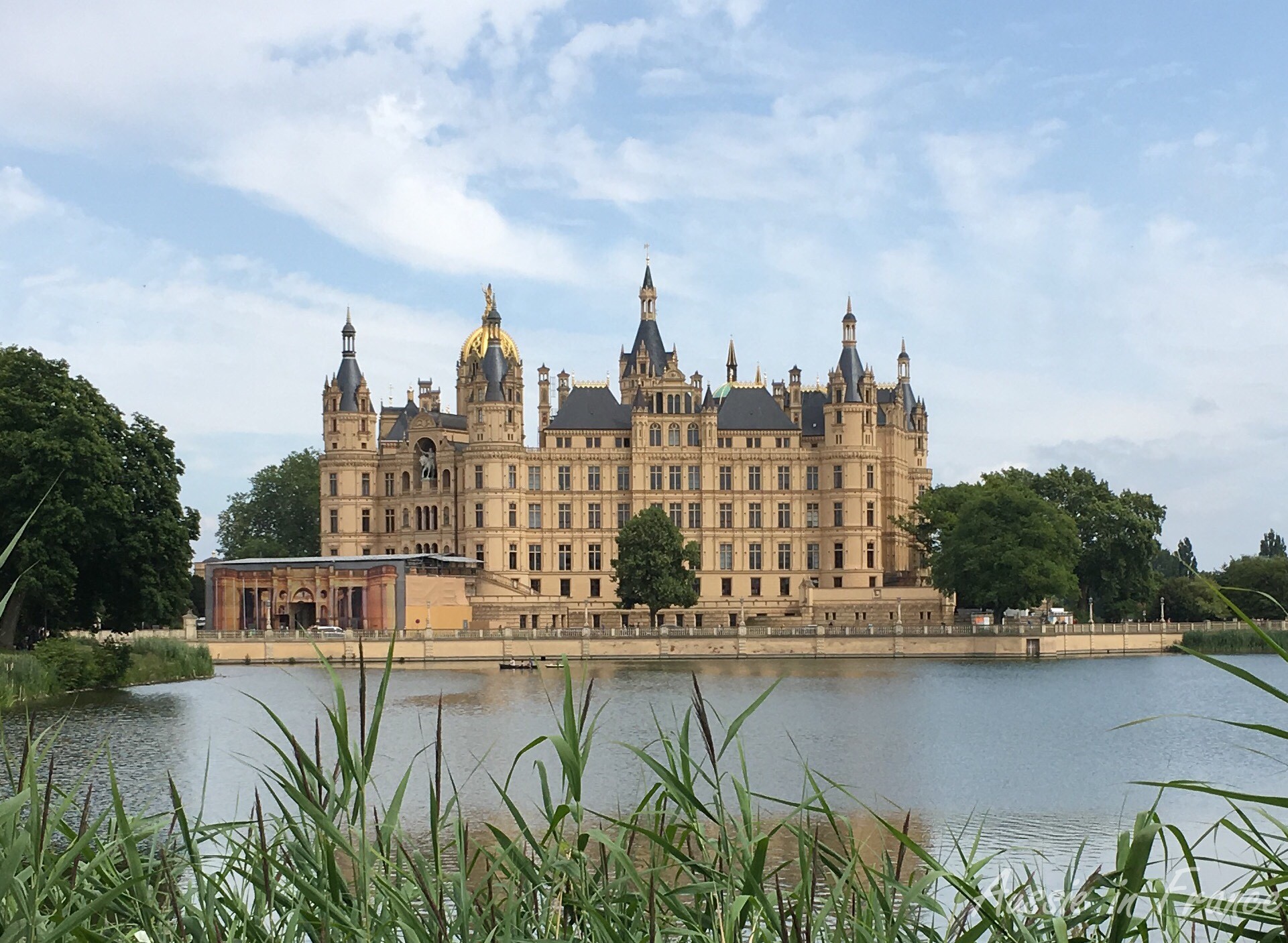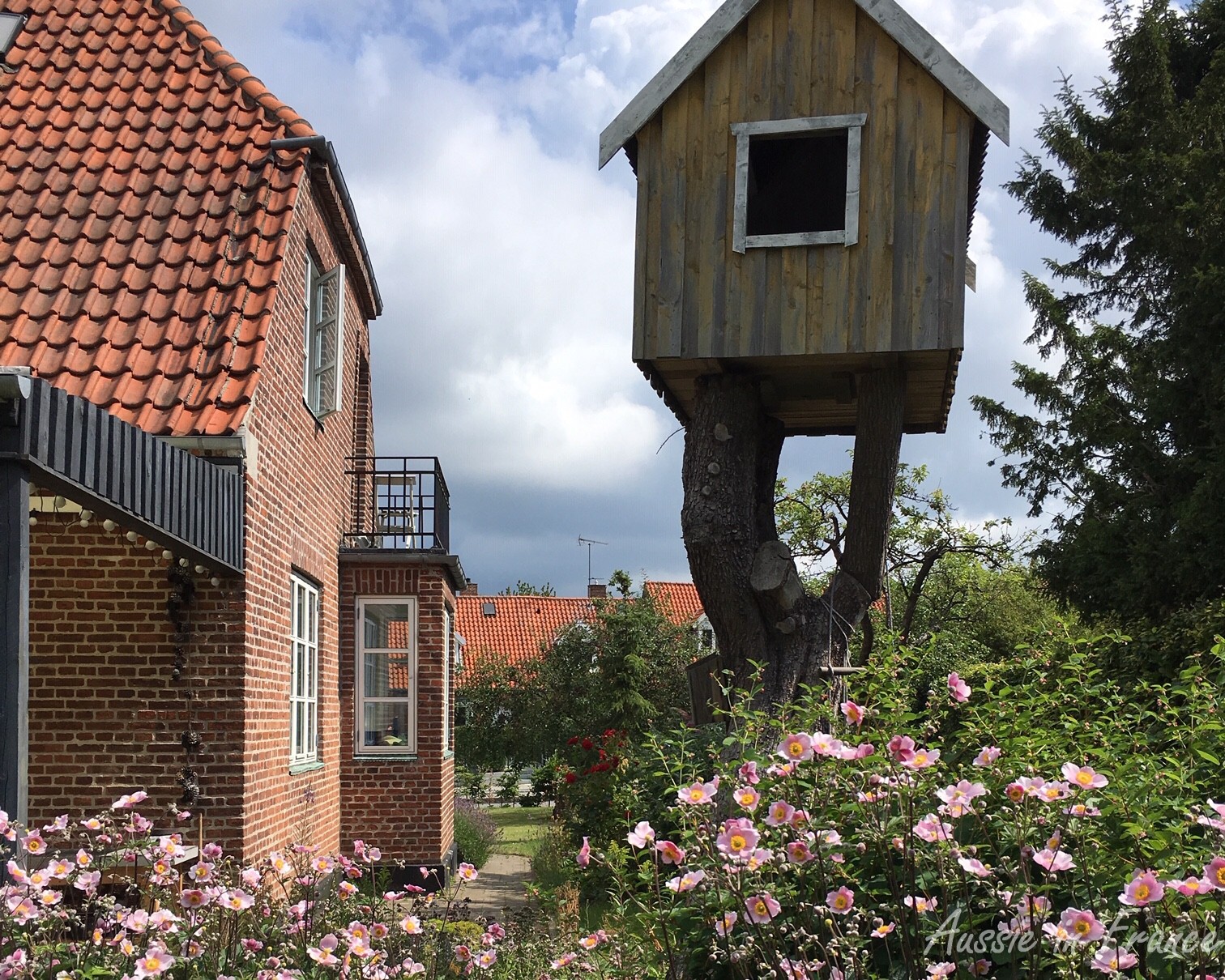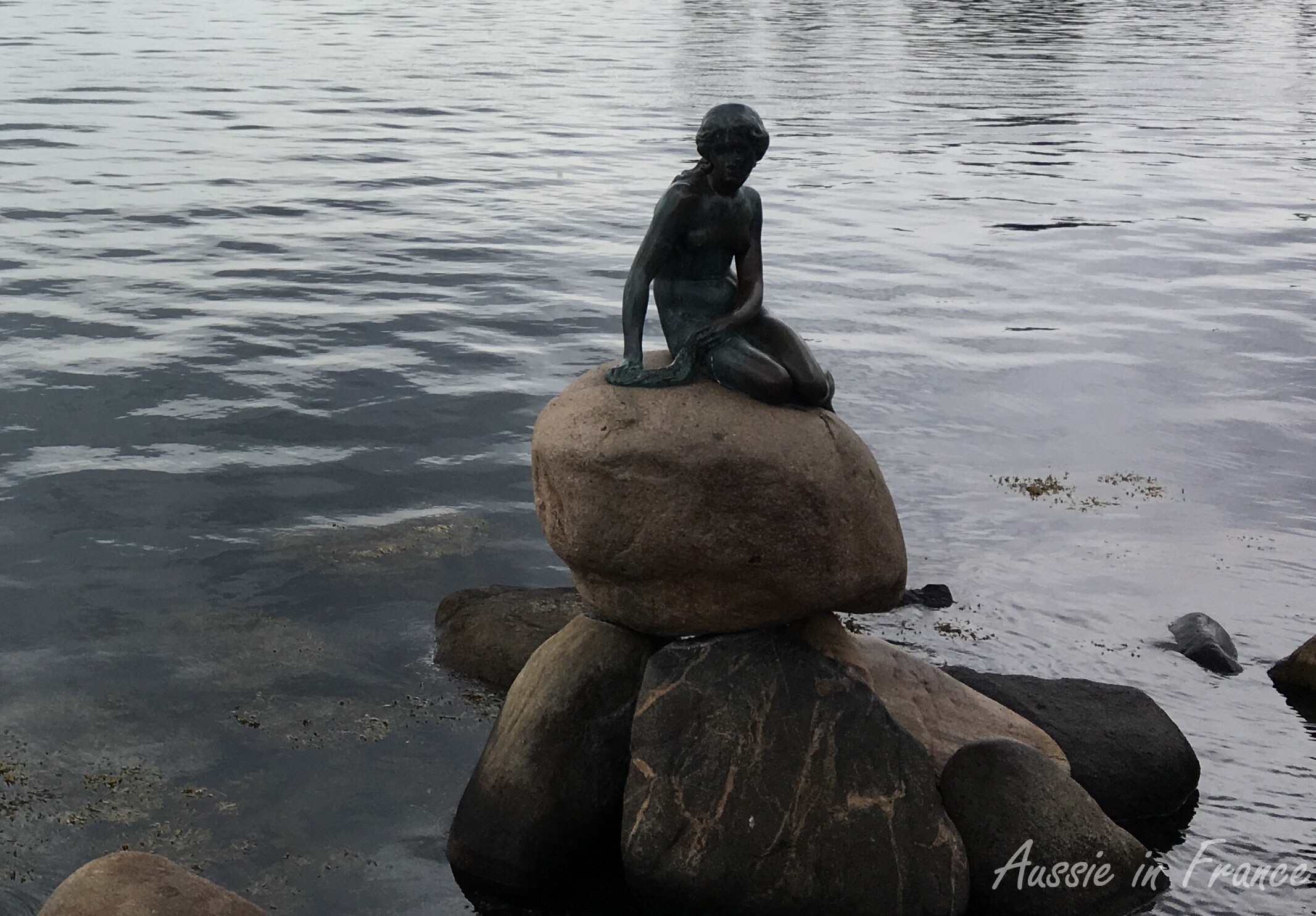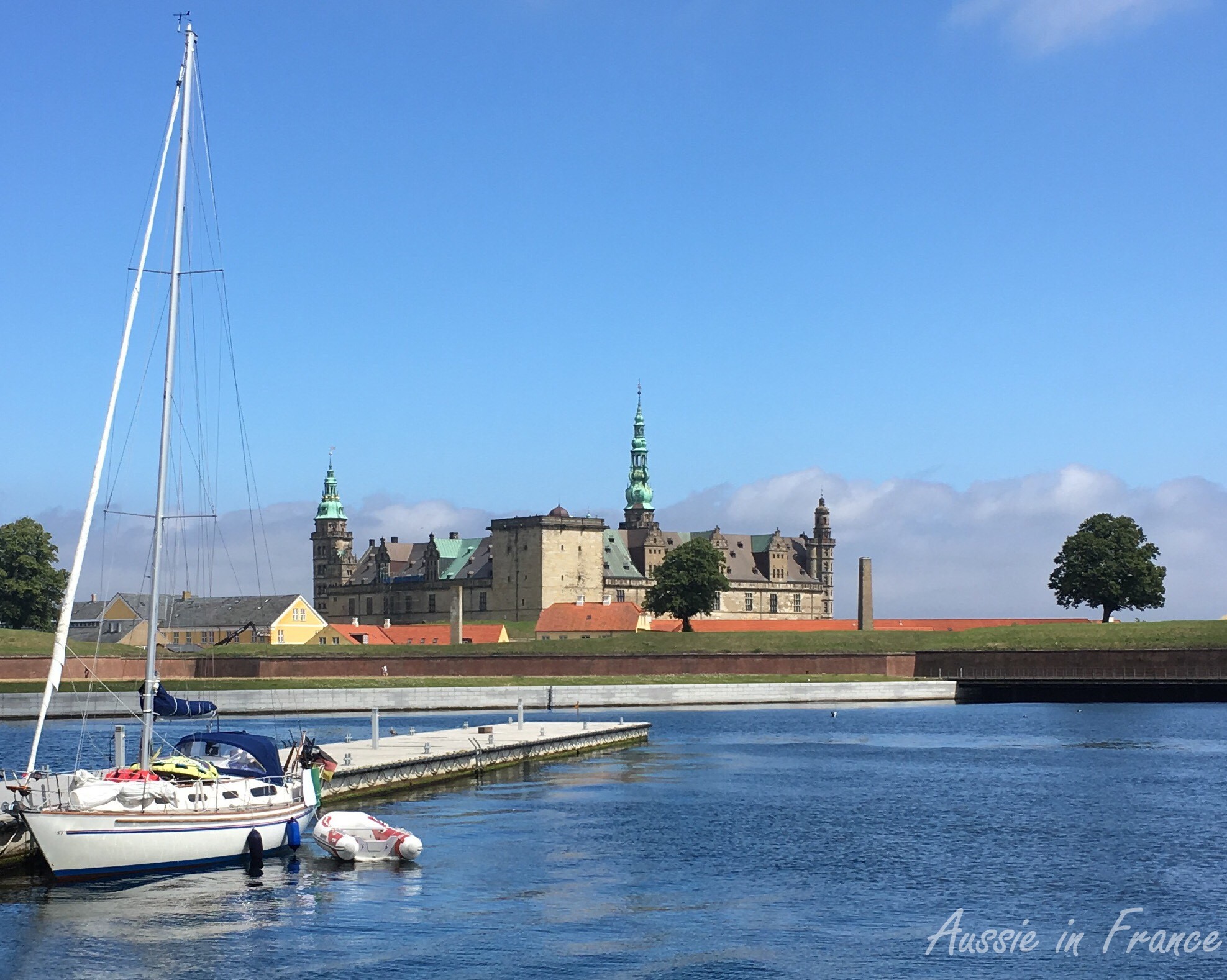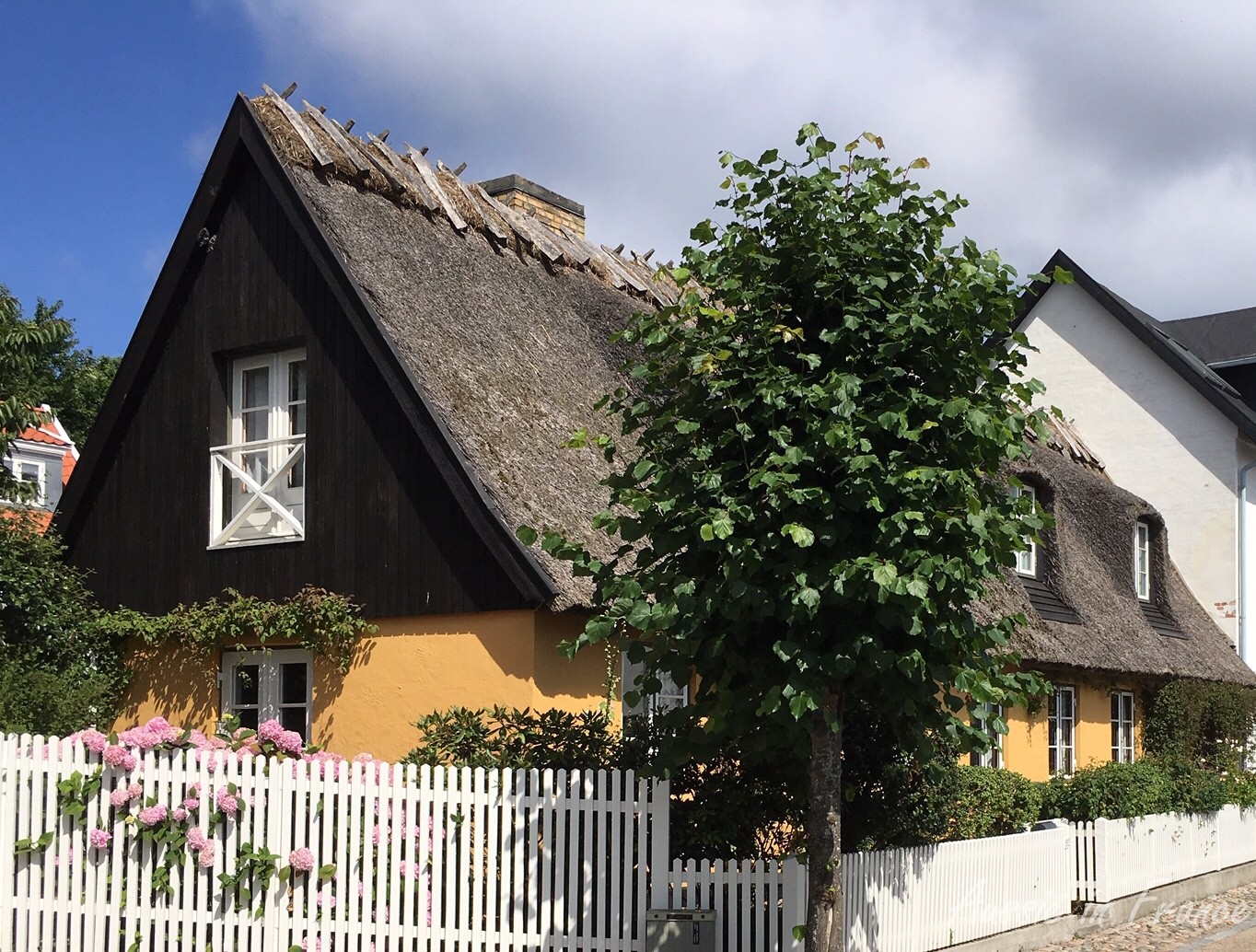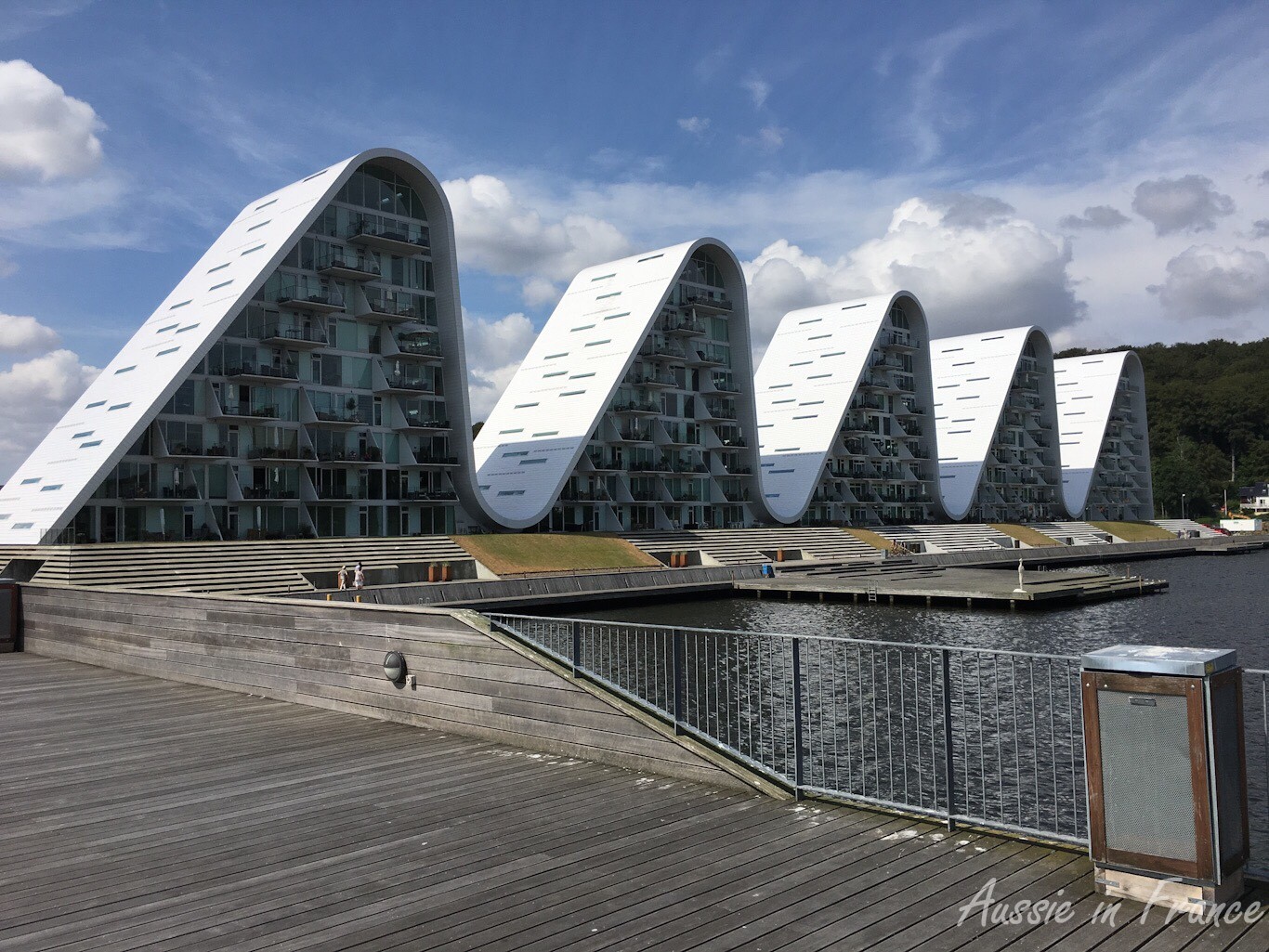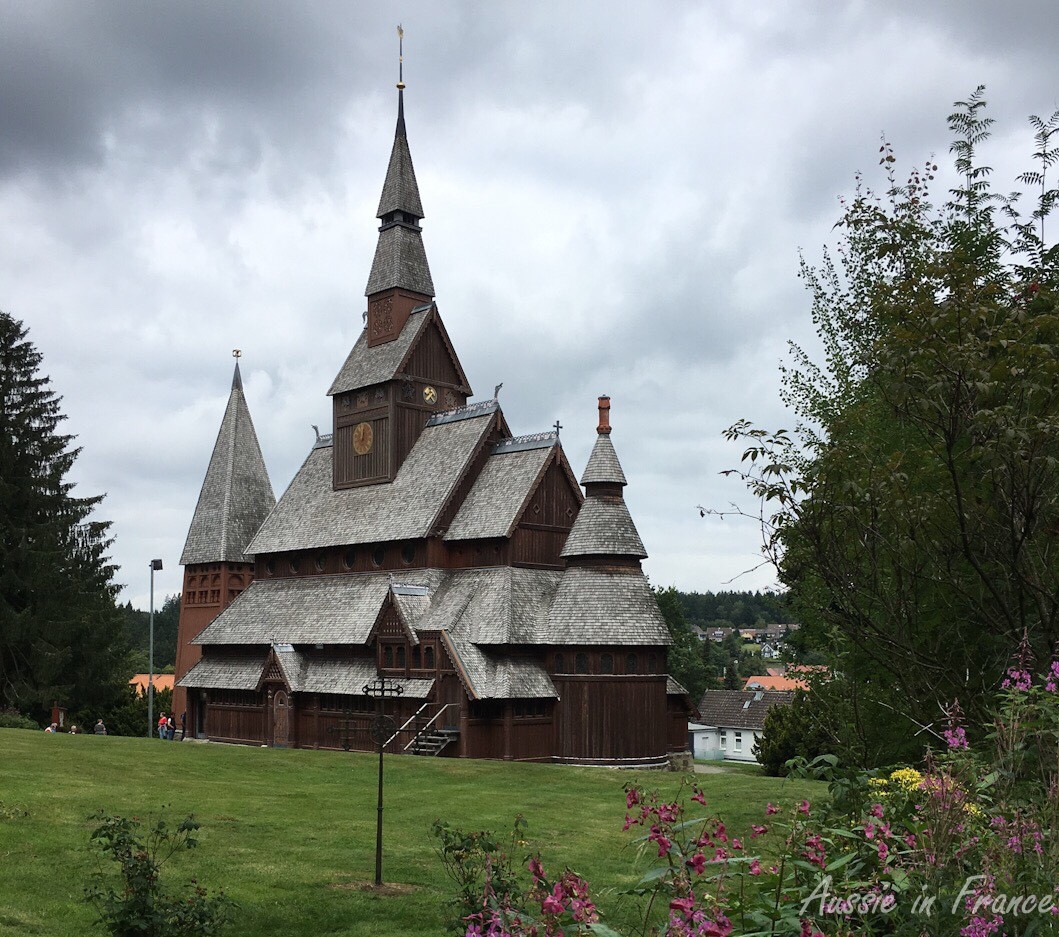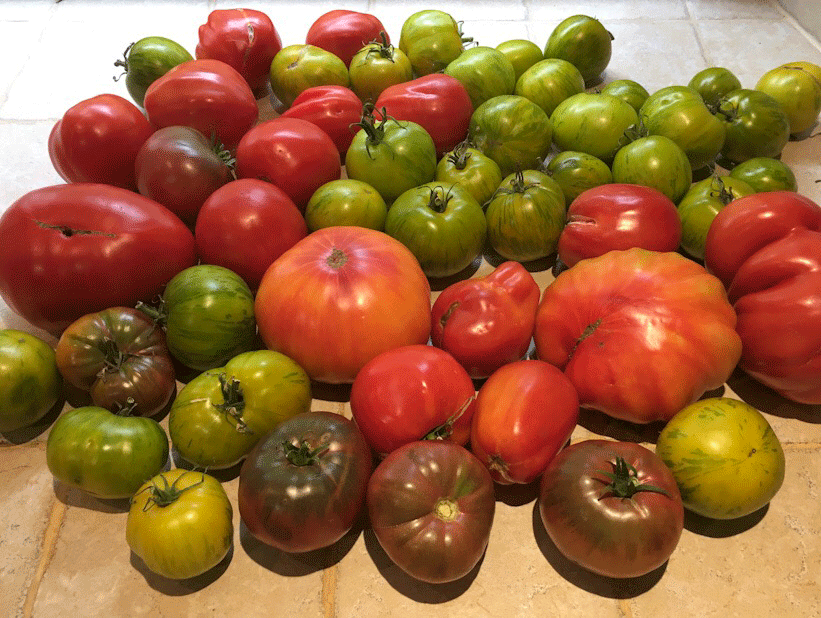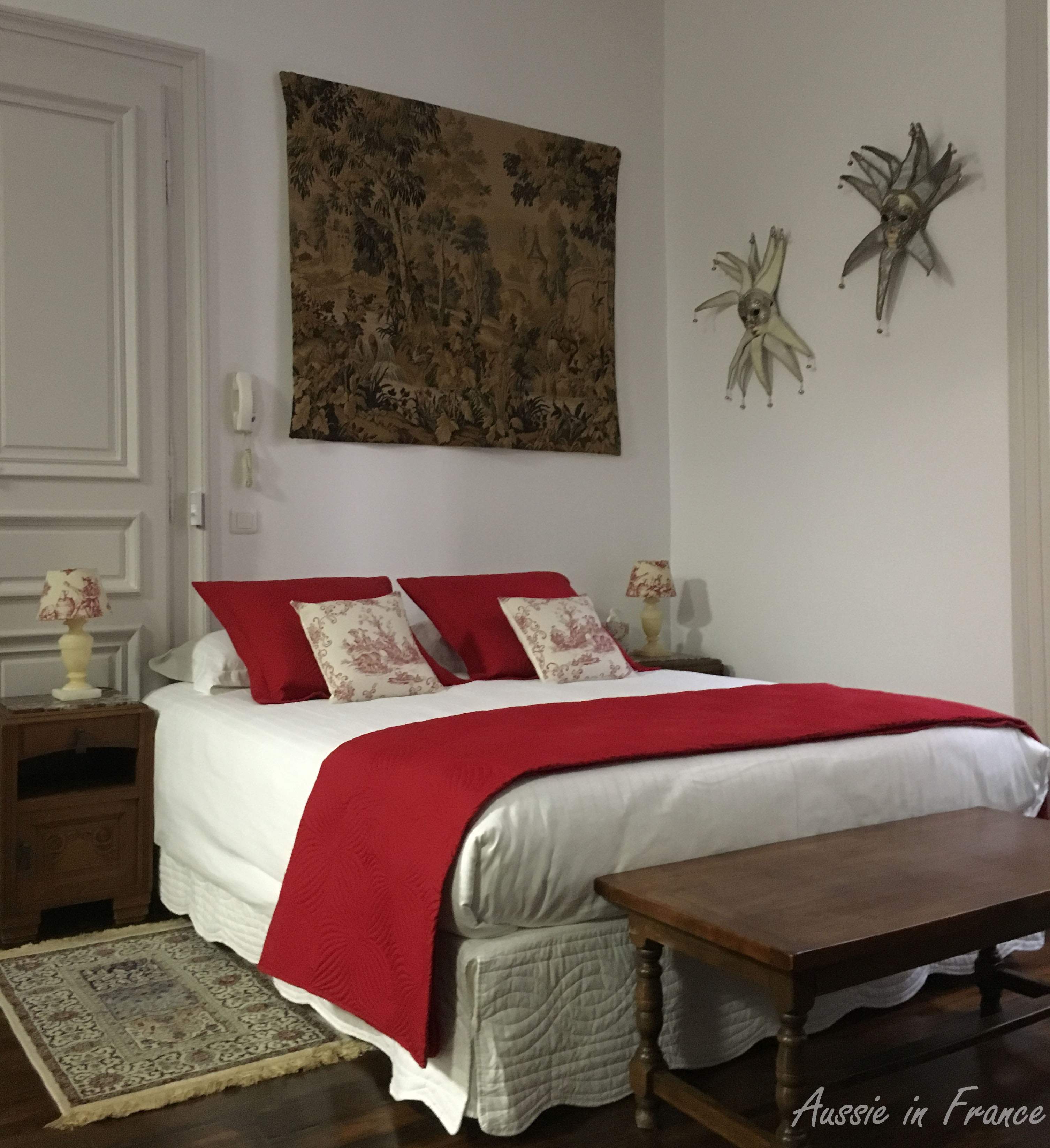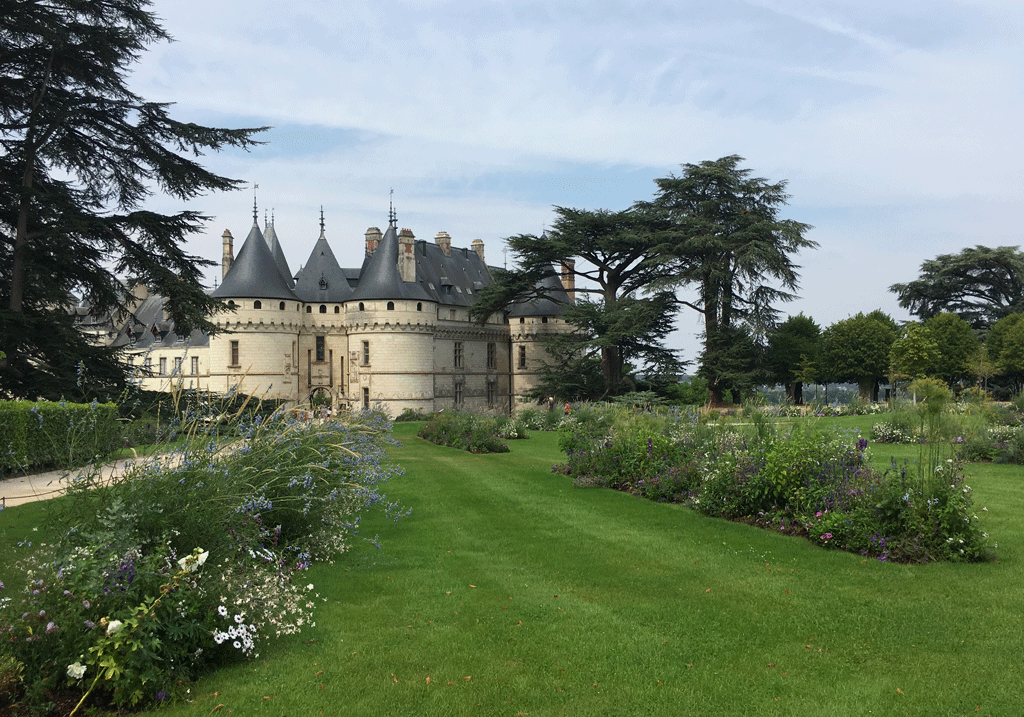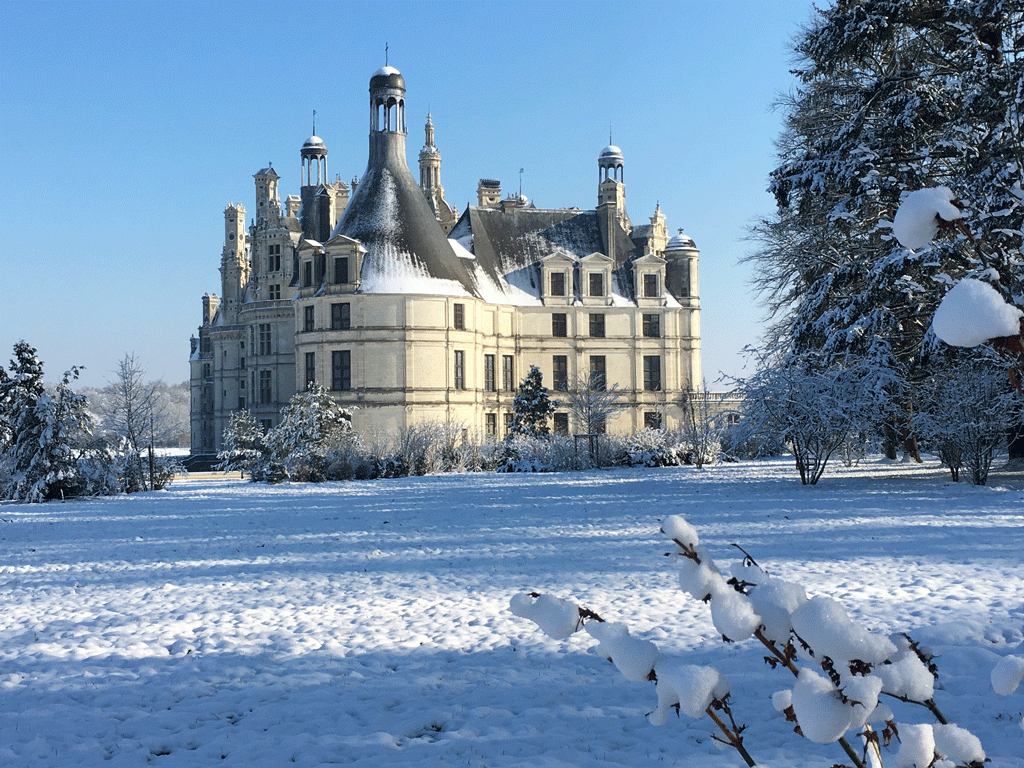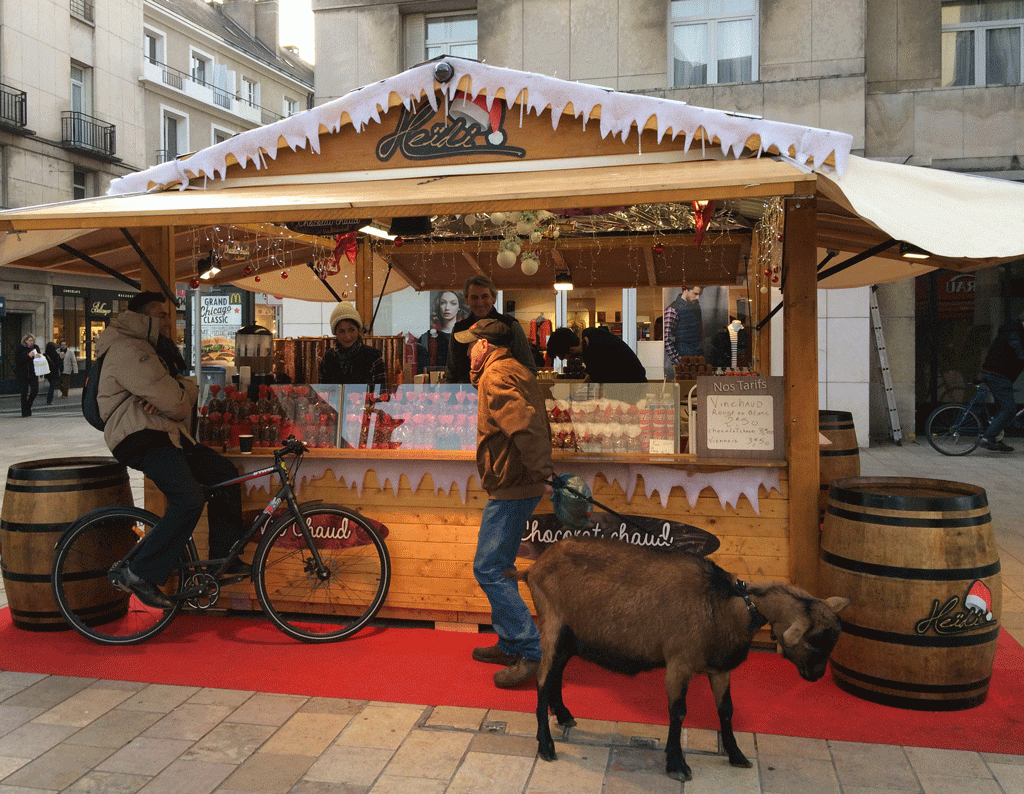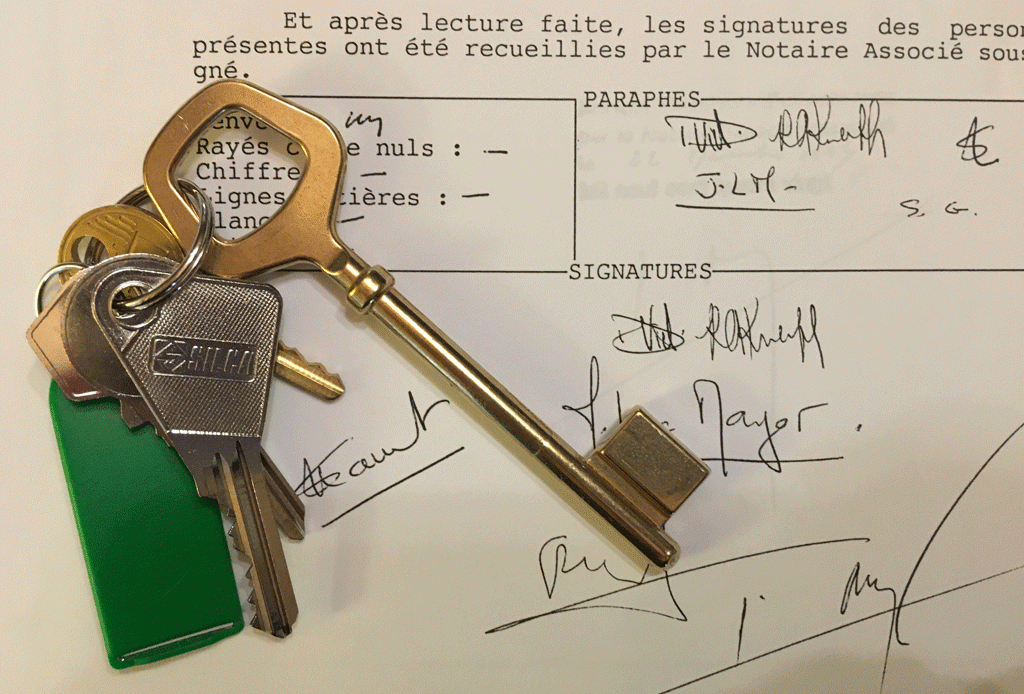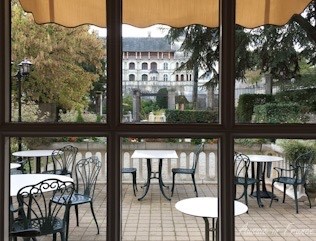“The best laid plans of mice and men …” John Burns never said a truer word!
We started the year with lots of travel plans and the first was a trip to Crete in March to break the winter blues. Covid 19 at that time was still a minor issue, although we did wear masks in the airport. After three most enjoyable days at a home exchange in Chania, we moved to Agios Nikolaos, by which time bars, restaurants and cultural venues had closed. Even though we were in an apartment, it wasn’t much fun. After visiting a 3500-year-old olive tree, there wasn’t much left to do and lockdown was about to start in France.
We took the next flight out of Heraklion, getting up at 4 am to do so! We wore masks for the whole trip and arrived back in Blois just two hours after lockdown, did some food shopping and holed up for the next 55 days! Lockdown eased on 11th May and we were no longer restricted to essential shopping and physical activity for one hour within a 1 km radius of our home. We also no longer needed to fill out a form when we did go out. After two weeks, on the 15th June, all restrictions were lifted and we started making holiday plans!
In the meantime, my daughter and her Dutch fiancé, who live in New York, had had to cancel their wedding plans in northern Italy in May while my son and his American girlfriend decided to get married on a ski slope in Vermont in the presence of only two other people! We watched the wedding on Skype but unfortunately there was no sound. We then had a virtual aperitif drinking the same champagne that my son bought on his last trip to France in November when we met his fiancé. We are delighted to welcome her into the family. Since then, the newlyweds have bought a house in Boston while my daughter and her fiancé have tentatively set September 2021 as a wedding date.
Holiday-wise, Germany seemed the safest as their Covid figures were very low (compared with France, Italy and Spain!) and we knew that we could count on outdoor eating venues and strict observance of hygiene protocols. We chose to avoid hotels and B&Bs and only stay in holiday flats with balconies or gardens, having breakfast and dinner at home. Our top priority was cycling and enjoying Germany’s many beautiful towns and villages. On June 26th, we started our 3-week journey in the Jura mountains in the east of France, discovering an area we didn’t know and which has an impressive number of bike paths.
Next stop was Austria, from which we were able to visit Gallen with its famous baroque library over the border in Switzerland and cycle along Lake Constance. We followed the good weather as we always do and went back to the beautiful Bavarian mediaeval town of Bamberg, then Nuremberg, before spending four absolutely perfect days on the Forggensee. We had been there before, in our pre-e-bike days. This time we were able to appreciate the absolutely stunning scenery without straining our knees.
We started heading back to France via the Neckar with some wonderful rides along the Kocher-Jagst Radweg near Heilbronn. Our last stop was the Black Forest. The scenery is beautiful and we had a breath-taking view from our balcony, but the cycling is a disaster! We arrived home on 17th July after driving 3380 K and cycling 773 K!
After we got back, we had a visit from my son who needed a new working US visa for his new job. The story is a bit complicated, but the upshot was that he left Boston wearing a mask (after getting a negative Covid test) and did not take it off until he got in his hire car at Charles de Gaulle airport in Paris. He then came straight to Blois, only doing a same-day return trip to Paris to go to his Embassy appointment. He needed another test in Blois before returning to Boston. It was lovely to see him for a few days.
Otherwise, we have kept ourselves occupied and feel grateful every day for having a large house and garden that we love. While we could, we cycled as much as possible exploring many new areas and making the most of our annual pass to Château de Chaumont.
I have continued to work part-time, mainly as a sworn translator (I only just broke even on my holiday rental studio in Blois, which was supposed to supplement my terrible retirement pension), and my husband Jean Michel has completed various projects including two cold frames, two raised vegetable beds and two staircases for the garage and wood shed. There is still another one to go in the barn. We gardened extensively during the warmer months, growing a lot of plants from seed and increasing our collection of drought-resistant perennials. It made up for being so restricted in our movements. I also blogged every day on www.loiredailyphoto.com, especially during the different lockdown periods. It has helped me to stay connected with the outside world.
We did manage another 5-day cycling holiday in September in the Nièvre, based in La Charité-sur-Loire (near Sancerre). The Covid figures were low at the time and we could still count on outdoor eating at lunchtime. It was a welcome break. When we got home, we bought a garden heater so we could continue to enjoy eating outside throughout October. We went back into lockdown on 30th October for a month, followed by a 2-week easing period when non-essential shops opened again under extreme pressure from the public in the warm-up to Christmas.
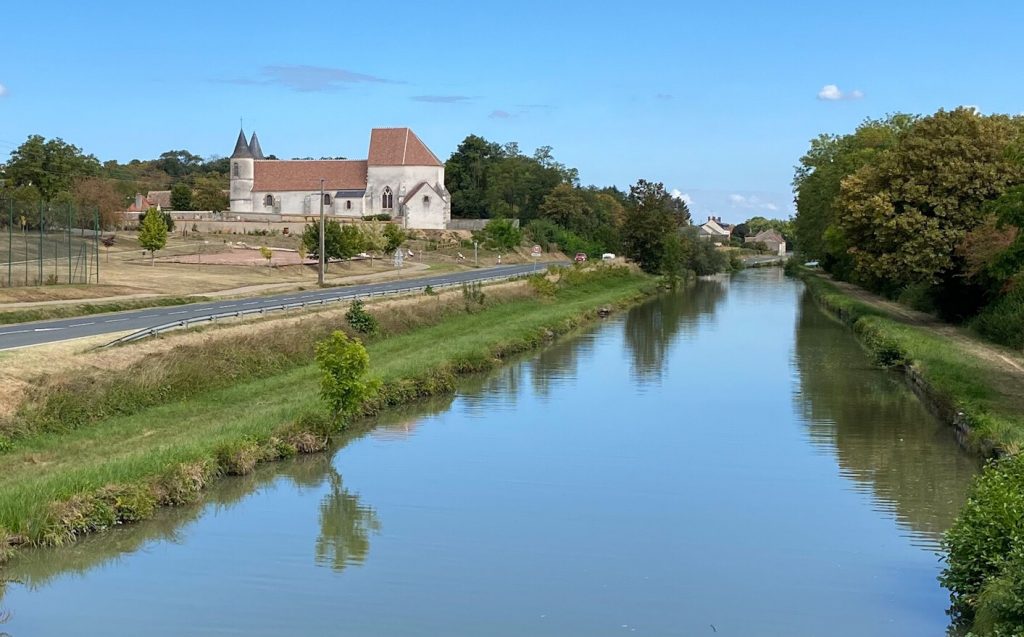
What I have missed and continue to miss most are my children and friends. I haven’t seen my daughter since November 2019 when we shopped for her wedding dress. I occasionally go walking with a friend and we briefly met up with other friends in December in a park. During Christmas and New Year, which we naturally spent alone, eating home-made foie gras and drinking vouvray wine, we spent a lot of time reading our travel diaries aloud and looking at the corresponding digital photos. We FaceTimed with all the children and their partners on Christmas Day, which cheered us up no end. They are all doing well despite Covid.
If you’ve been tracking the Covid situation in France, you will know that we are not out of the woods. We have a large and somewhat reticent population to vaccinate and we are not in the immediate target group. We have another two months of cold, stay-at-home weather in front of us, then we’ll be able to go back to our outdoor occupations. By then we might be eligible for vaccination. In the meantime, we are exercising maximum precaution, only going to shop once a week at the local market and supermarket and, occasionally, the plant nursery. We buy everything else over the Internet. I continue to make our bread and yoghurts.
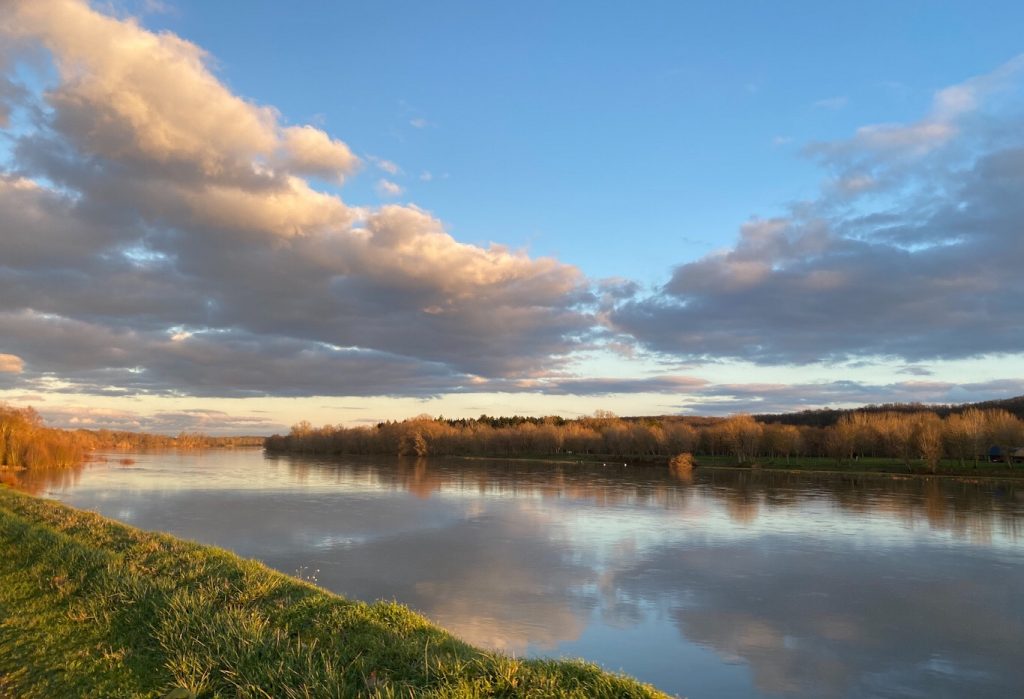
Our hopes for 2021 are to see our children again, including Jean Michel’s two sons who live in France, celebrate my daughter’s wedding wherever it may be, visit my son and daughter and partners in Boston and New York and find a safe venue for our annual cycling holiday.
I would like to wish everyone a happier 2021, full of hope, inner strength and new horizons! Thank you for reading my very sporadic blog!


